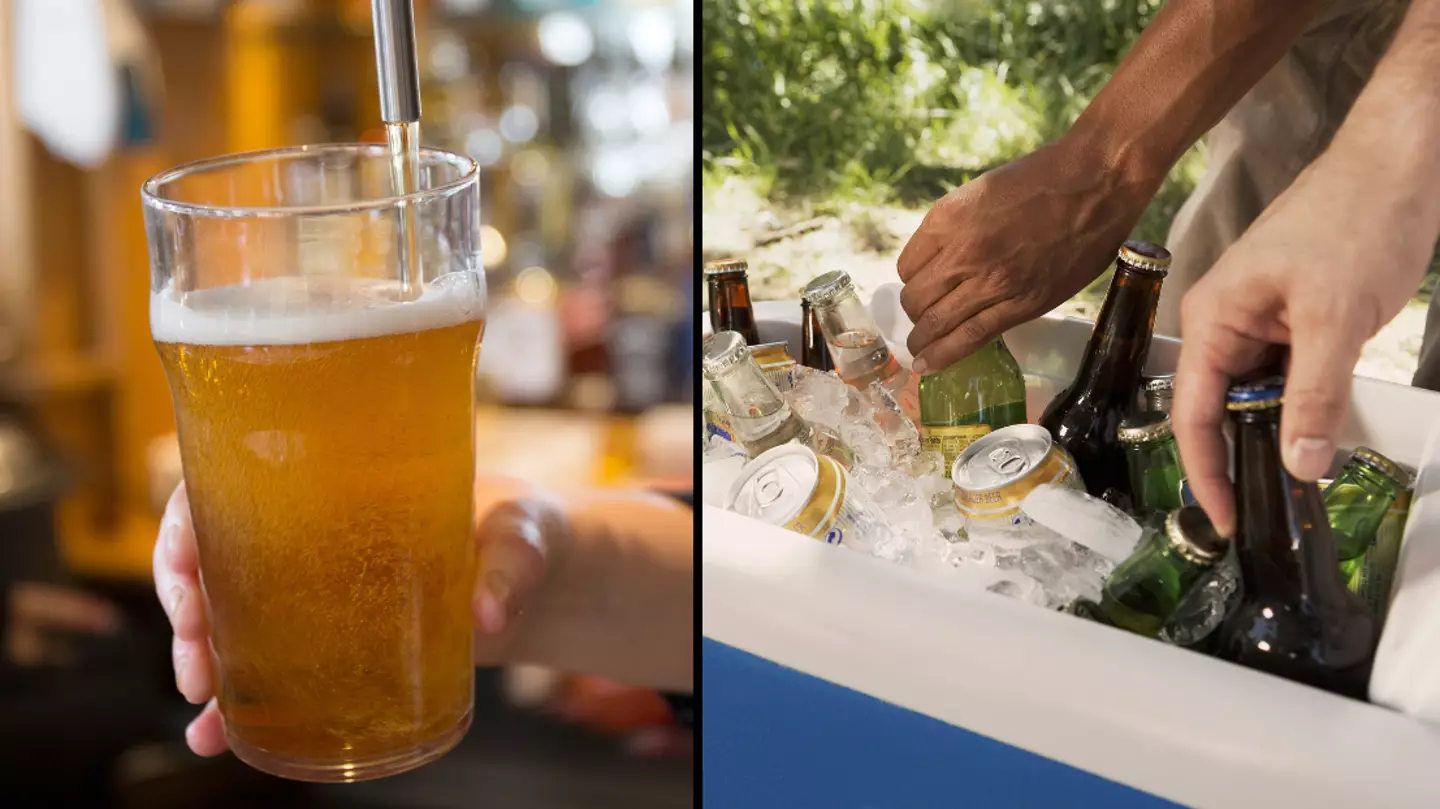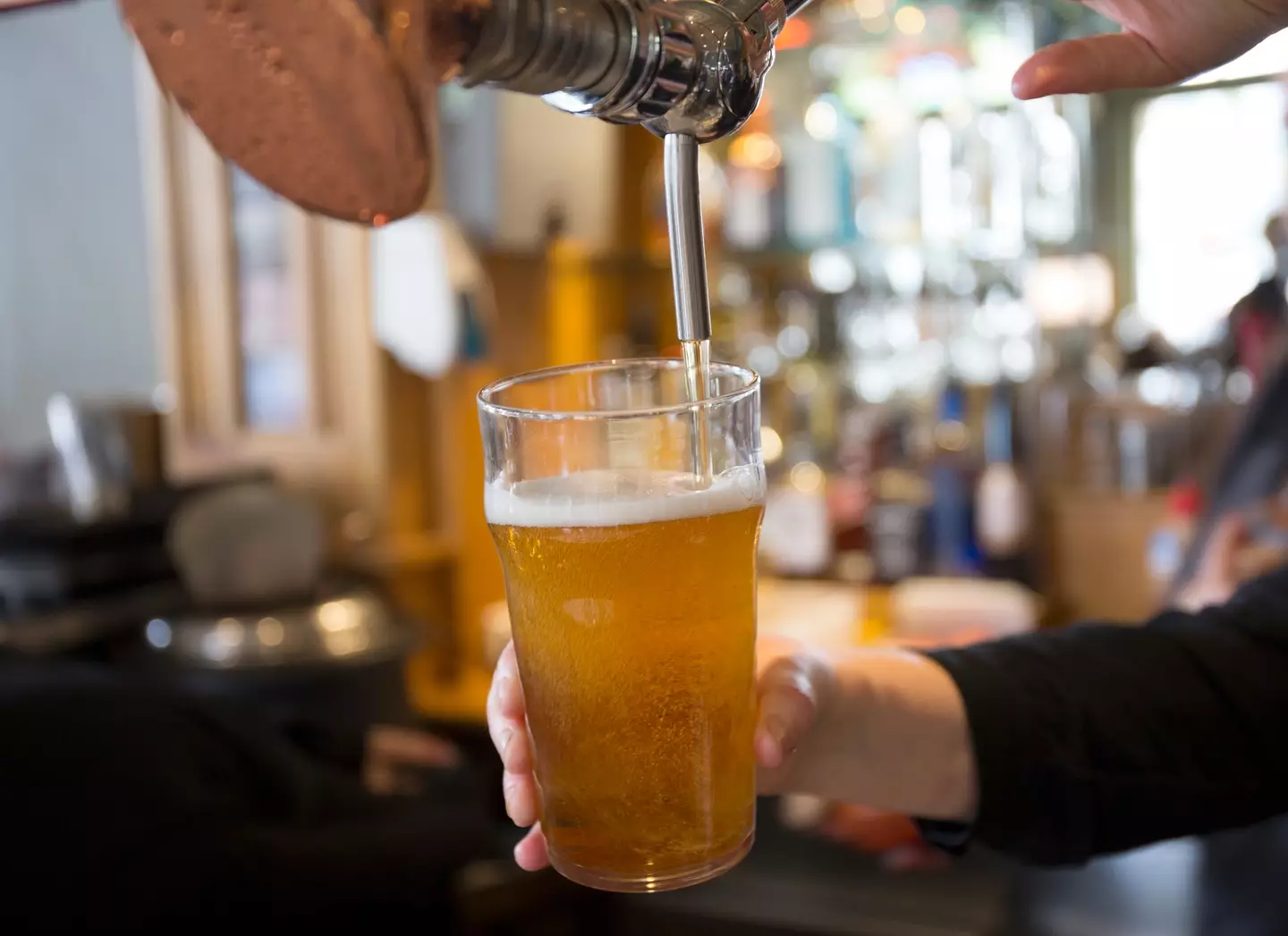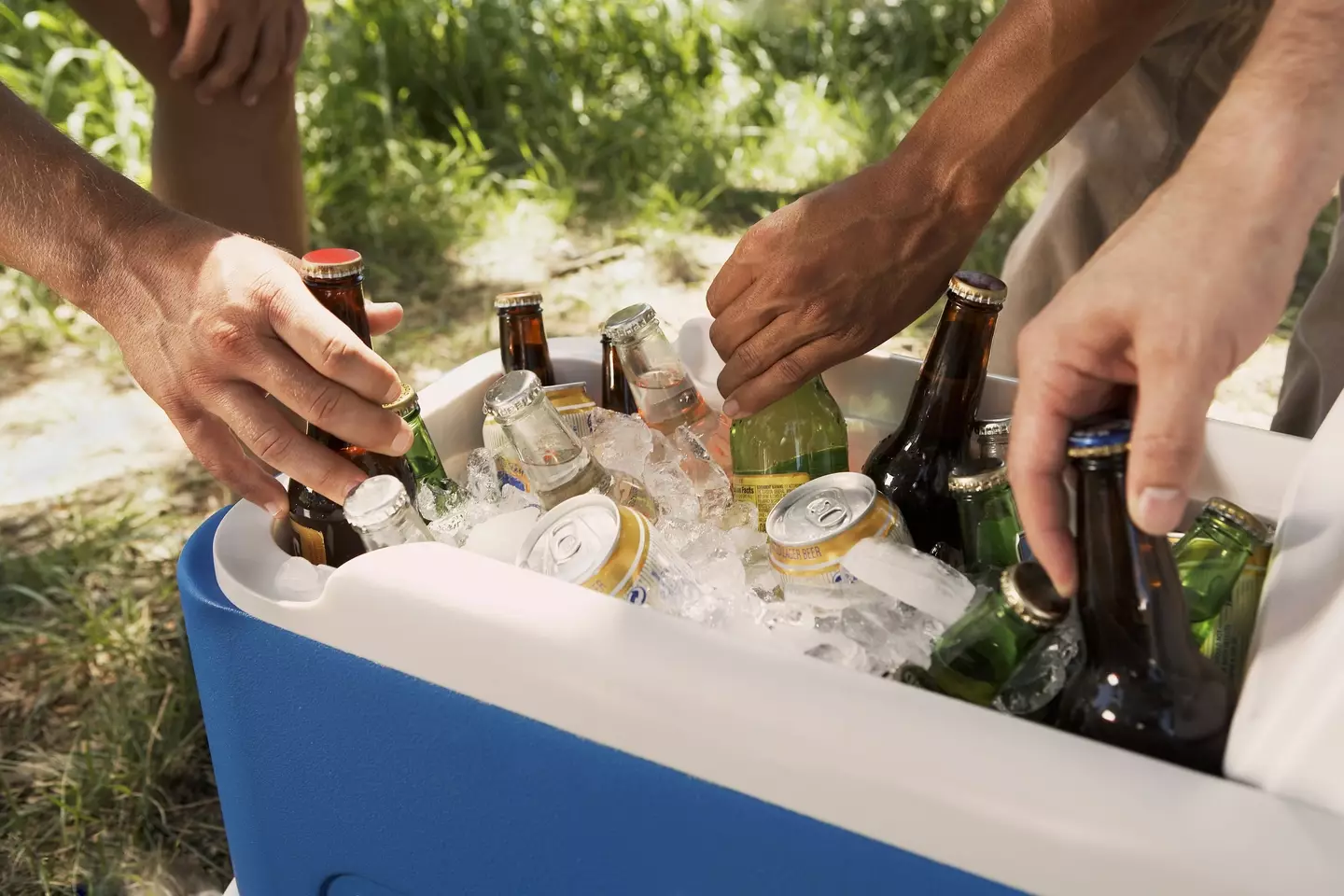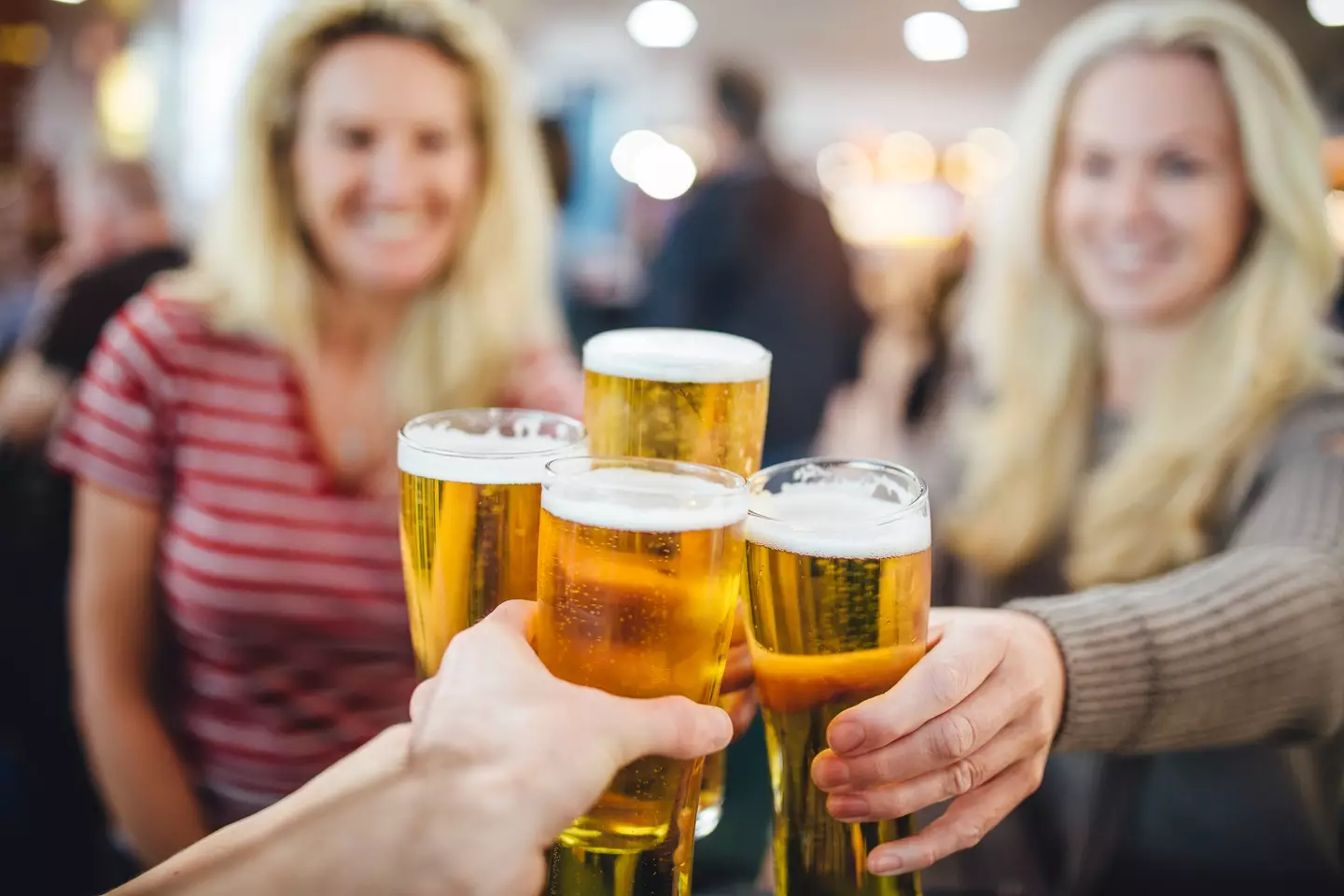
If you ever needed a reason to never drink warm beer you now have it, backed by none other than science.
The halcyon days of summers gone by can be characterised by the ice cold pint.
Sat in a local beer garden, an airport lounge, by the swimming pool or in a Mediterranean restaurant, it's an iconic moment in our down time that millions of us go back to again and again.
Sadly, the freshness of it doesn't last forever. I imagine I'm not the only one who has necked the bottom third once it's got lukewarm so we can move on to the next icy beverage.
Advert
Well, now we've got scientific backing for our preference for the cold pint or bottle of beer.
A scientific paper published in the journal Matter was made public this week (1 May), with researchers reporting on why alcoholic drinks taste differently at different temperatures.
From ice cold beer to near-room temperature red wine, there's reason most of us have a preference that aligns up.
The study focused on how 'ethanol-like' alcoholic drinks taste at different temperatures.

Lead author and materials scientist Lei Jiang of the Chinese Academy of Sciences, said: "Two years ago, first author Xiaotao Yang and I were drinking beer together. He had just finished his doctorate degree thesis and asked me, ‘What should we do next?'.
Advert
"At the time, I was a scientific committee member of one of the biggest Chinese alcoholic beverage companies, and I had the idea to ask the question ‘Why does Chinese baijiu [whisky] have a very particular concentration of alcohol, either 38% to 42%, 52%–53%, or 68%–75%?’.
"Then we decided, let’s try something, so I put a drop of beer on my hand to see the contact angle."
The researchers began measuring the contact angle of a series of drinks that increased in alcoholic concentration. This left them see how molecules mixed and interacted.

At the lower end of ethanol concentration the ethanol forms more pyramid-shaped structures around water molecules. When the concentration of ethanol is increased, it starts to arrange end-to-end as if in a chain.
Advert
With beer, which is roughly 5% in alcoholic content, there was a distinct increase in the chain-like structures when it was chilled to five degrees Celsius compared to room temperature.
This is most probably the reason why people report a strong alcohol flavour in beer when it's been cooled in the fridge, the team said.

Ethanol itself is characterised by being both bitter and sweet; it's USP for most people drinking it. That distinct flavour fades as the beer gets warmer.
Advert
“At low temperature, the tetrahedral (pyramid-shaped) clusters become the low concentration amount, and this is why we drink cold beer,” says Jiang.
Please drink responsibly. If you want to discuss any issues relating to alcohol in confidence, contact Drinkline on 0300 123 1110, 9am–8pm weekdays and 11am–4pm weekends for advice and support.
Featured Image Credit: Getty Stock ImagesTopics: Science, Alcohol, Food And Drink, World News, Education